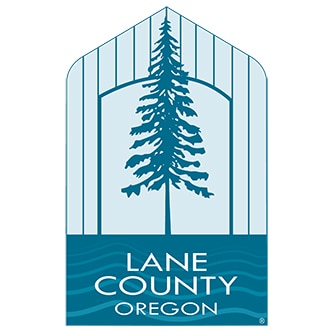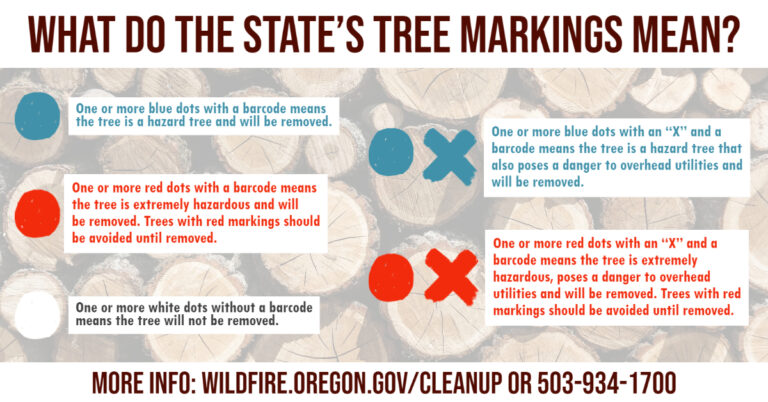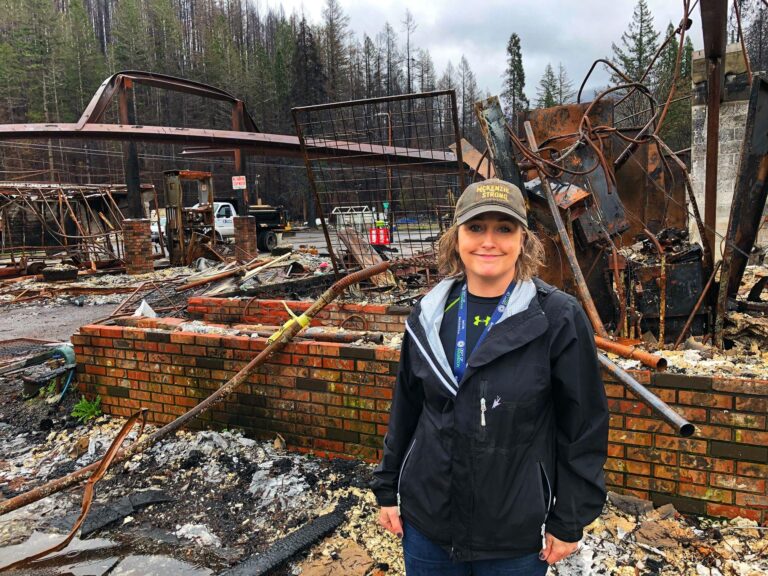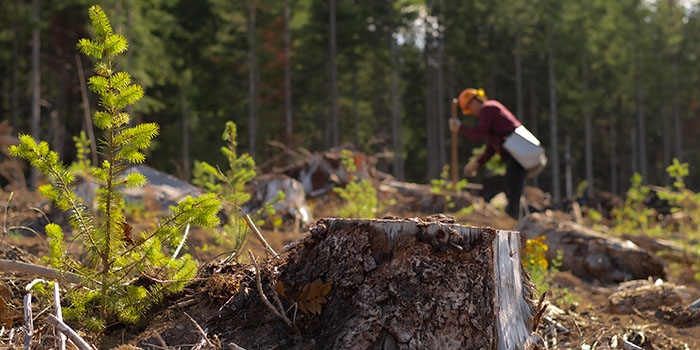Forest Landowners Have Until Dec. 31 to Apply for Wildfire Aid
Forest landowners in 13 Oregon counties can now apply for aid to address wildfire damages
 The following news release of interest to non-industrial forest landowners was sent earlier today from the USDA.
The following news release of interest to non-industrial forest landowners was sent earlier today from the USDA.
TUALATIN, Ore. — Nonindustrial private forest landowners in 13 Oregon counties hit hard by wildfires have until the end of the year to submit applications to the Emergency Forest Restoration Program (EFRP) for grants to address wildfire damage, according to an announcement this week by U.S. Department of Agriculture (USDA) Farm Service Agency (FSA) Acting Executive Director Josh Hanning.
The counties where landowners are eligible to apply are Lake, Klamath, Jackson, Josephine, Douglas, Lane, Linn, Marion, Clackamas, Washington, Lincoln, Tillamook and Wasco.
EFRP provides payments to eligible owners of nonindustrial private forest (NIPF) land to enable the owners to carry out emergency measures to restore land damaged by a natural disaster. EFRP signup began Nov. 3 and ends on Dec. 31, 2020.
“It is important that producers apply for EFRP assistance timely because program funds will be allocated based on the number of applications received as well as by on-site inspections that will determine the extent of the damage,” said SED Hanning. “I encourage eligible landowners who haven’t participated in FSA programs to contact the County FSA office as soon as possible because FSA records will have to be created for these individuals.”
After applications are received, local FSA county committees determine land eligibility using on-site damage inspections that assess the type and extent of damage and approve applications.
Eligible forest restoration practices include debris removal, such as down or damaged trees, in order to establish a new stand or provide natural regeneration; site preparation, planting materials and labor to replant forest land; restoration of forestland roads, fire lanes, fuel breaks or erosion control structures; fencing, tree shelters and tree tubes to protect trees from wildlife damage; and wildlife enhancement to provide cover openings and wildlife habitat.
In order to meet eligibility requirements, NIPF land must have existing tree cover or had tree cover immediately before the natural disaster occurred and be sustainable for growing trees. The land must also be owned by any nonindustrial private individual, group, association, corporation or other private legal entity that has definitive decision-making authority over the land. The natural disaster must have resulted in damage that if untreated would impair or endanger the natural resources on the land and/or materially affect future use of the land.
For more information please visit farmers.gov/recover.






